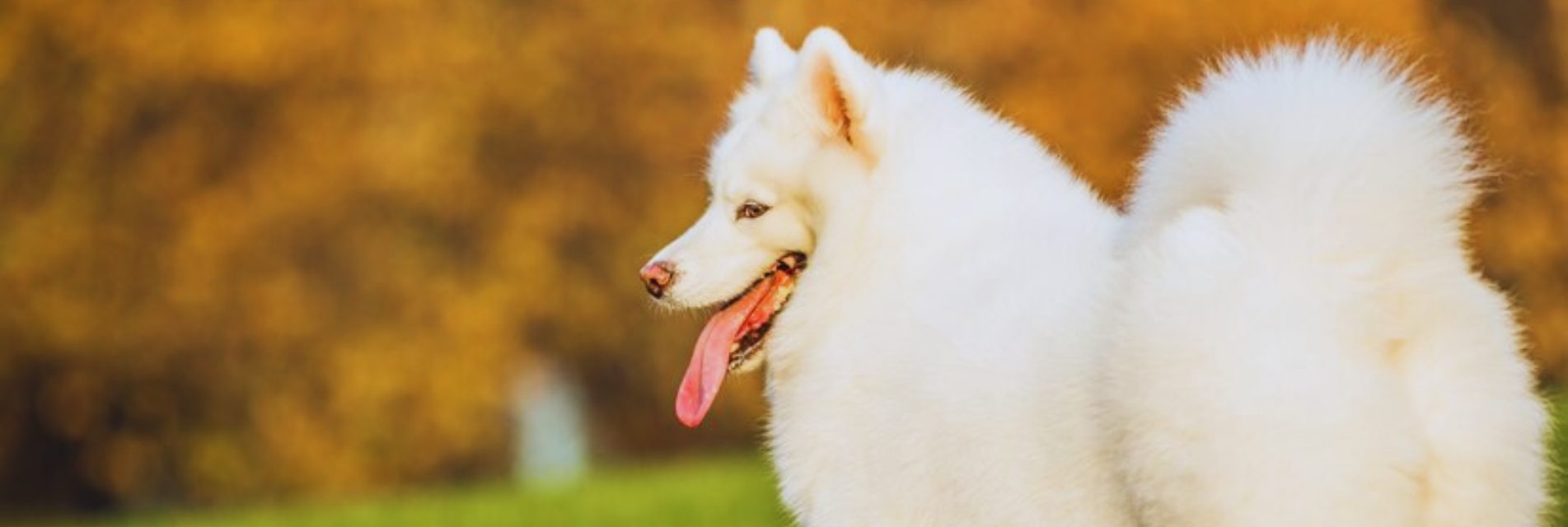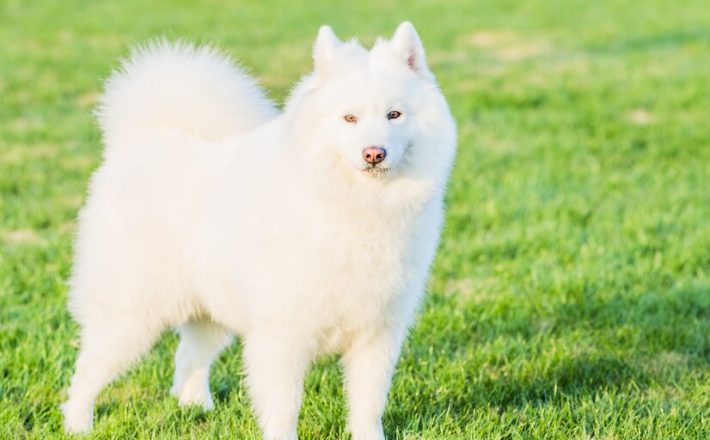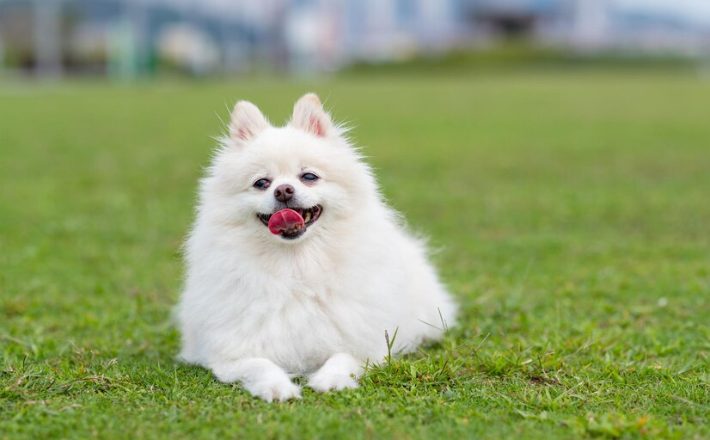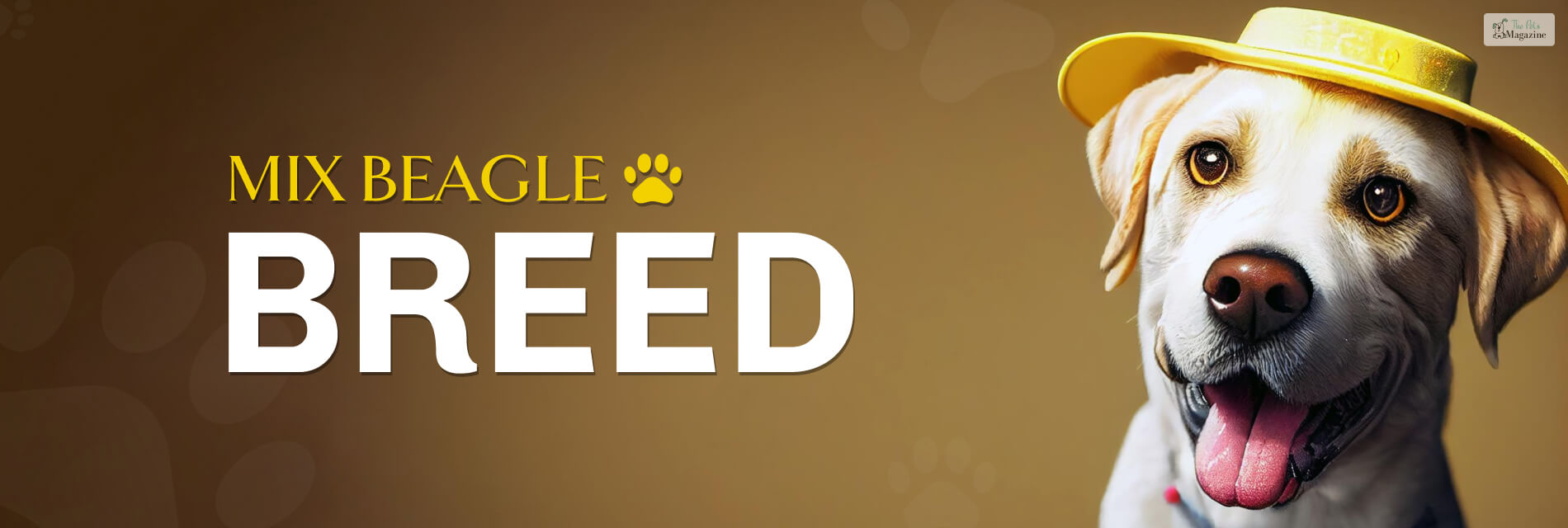Want an Indian Spitz? Here’s Everything You Need To Know


The Indian Spitz is a popular dog breed in India, known for its cheerful nature, intelligence, and loyal temperament. This breed has been a part of Indian households for many years, and its popularity continues to grow. In this article, we will delve into the origin and history of the Indian Spitz, its physical and characteristic traits, grooming needs, training and exercise, health issues, and nutrition.
The Origin and History of the Indian Spitz Breed

Unlike some other popular dog breeds, the origin story of the Indian Spitz breed is comparatively recent. It is also closely linked to British colonialism in India. In the 19th century, the British brought the German Spitz to India. These dogs were not bred for any specific purposes. They only served as companions for the British. The Indian Spitz is thought to have descended from the German Spitz.
Breeders in India saw the potential of the German Spitz but recognized the need for a dog that could handle the hot Indian summers. Hence, they carried out selective breeding with other spitz-type dogs (Most probably Samoyed and Pomeranian). The result was a dog breed that could tolerate the Indian heat.
The Indian Spitz gained popularity in the 1980s and 1990s. Several factors were responsible for its popularity. Firstly, these decades saw stricter import rules on foreign dog breeds in India. Secondly, the Indian Spitz offered a readily available, affordable companion that resembled popular breeds like the Pomeranian.
But despite its popularity in India, the Indian Spitz is not widely recognized by international kennel clubs. However, it remains one of the top breeds in the country, known for its intelligence, trainability, and suitability as a family pet.
Indian Spitz Breed Overview At A Glance

Here are some quick facts about the Indian Spitz dog breed:
| Category | Breed Facts |
| Breed Group | Utility |
| Height | 13-15 inches (Male) 11-13 inches (female) |
| Weight | 5-7 kgs (smaller Indian Spitz) 12-20 kgs (larger Indian Spitz) |
| Lifespan | 12-15 years |
| Temperament | Affectionate, playful and bold |
| Coat Type and Coat length | Long, thick, and soft double coat |
| Shedding Level | Moderate to heavy |
| Energy Level | Medium |
| Training Difficulty Level | Easy to train |
Indian Spitz Breed Overview In Depth
In this section, we have talked about in detail about the physical characteristics and personality traits of the Indian Spitz.
Physical and Characteristic Traits
The Indian Spitz is a medium-sized dog with a height ranging from 14-17 inches and weighing between 11-20 pounds. They have a thick, double coat that comes in various colors, including white, black, brown, and cream. The coat is long, soft, land fluffy in texture. The Indian Spitz also sheds moderately throughout the year.
One of the most distinctive features of the Indian Spitz is its pointed ears, giving it a fox-like appearance. They have dark, almond-shaped eyes and a black nose. The tail is plumed and carried high over the back, adding to its elegant appearance.
The Indian Spitz is a highly intelligent breed with a friendly and playful nature. They are known for their high levels of energy and are always up for a game of fetch or a long walk. Because of their friendly and energetic nature, these dogs make excellent family pets. They are good with children and other pets, making them an ideal choice for households with multiple pets.
Lifespan and Common Health Issues
The Indian Spitz is generally a healthy breed with a lifespan of 12-14 years. However, like any other breed, they are prone to certain health issues. Some of the common health concerns in Indian Spitz include:
Hip Dysplasia
This is a hereditary condition where the hip joint does not form correctly, causing pain and discomfort for the dog. It can be managed with medication and sometimes surgery.
Eye Problems
Indian Spitz can be prone to various eye issues, such as cataracts, progressive retinal atrophy, and corneal dystrophy. Regular check-ups with a veterinarian can help identify and treat these problems early on.
Dental Problems
As with most small breeds, Indian Spitz can be prone to dental issues such as plaque buildup and gum disease. Regular brushing and dental check-ups can help prevent these problems.
Allergies
Some Indian Spitz may be sensitive to certain allergens, which can cause skin irritation and other allergic reactions. It is essential to identify the trigger and avoid it to prevent discomfort for your pet.
Grooming Needs
The Indian Spitz has a long, thick coat that requires regular grooming to maintain its appearance and keep it healthy. They need to be brushed at least twice a week to remove any loose fur and prevent matting. During shedding season, which typically occurs twice a year, daily brushing is necessary to keep the coat in good condition.
Bathing should be done once a month or when necessary, using a mild shampoo specifically designed for dogs. It is essential to keep their ears clean and dry to prevent any infections. Also, trimming their nails regularly will keep them from becoming overgrown and causing discomfort.
Training and Exercise
The Indian Spitz is a highly intelligent breed that responds well to positive reinforcement training methods. Training should begin at an early age to establish boundaries and teach them basic commands. They are eager to please their owners and are quick learners. With consistency and patience, they can be trained to perform various tasks and tricks.
The Indian Spitz is an active breed and needs a moderate amount of exercise. Daily walks and interactive playtime sessions in the park will help your Spitz to stay physically stimulated. You should also provide mental stimulation with puzzle toys and interactive training sessions. They also enjoy participating in activities such as agility, obedience, and tracking, which can also serve as a form of exercise.
Nutrition
A well-balanced diet is crucial for the health and well-being of your Indian Spitz. It is recommended that they be provided with high-quality dog food that is appropriate for their age and activity level. Indian Spitz thrives on a diet that includes a combination of high-quality dry kibble and fresh, homemade food.
However, for best results, it is always best to consult a veterinarian or a professional dog nutritionist to determine the right diet for your pet. Also note that since this breed is prone to obesity, it is important to monitor their food intake and avoid overfeeding.
Wrapping Up
To sum up, the Indian Spitz is a beautiful, intelligent, and loyal breed that makes an excellent companion for families and individuals alike. With proper training, exercise, and care, they can bring joy and happiness to their owners’ lives. However, it is crucial to do thorough research before bringing any breed into your home. It will enable you to ensure that they are a good fit for your lifestyle.







Leave A Comment